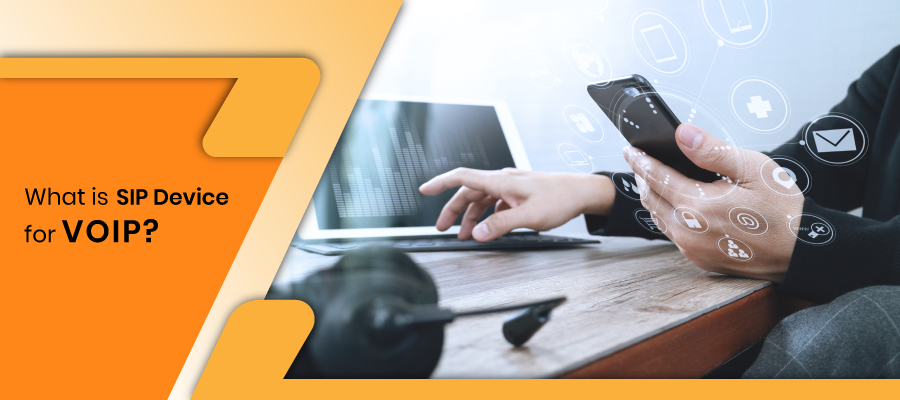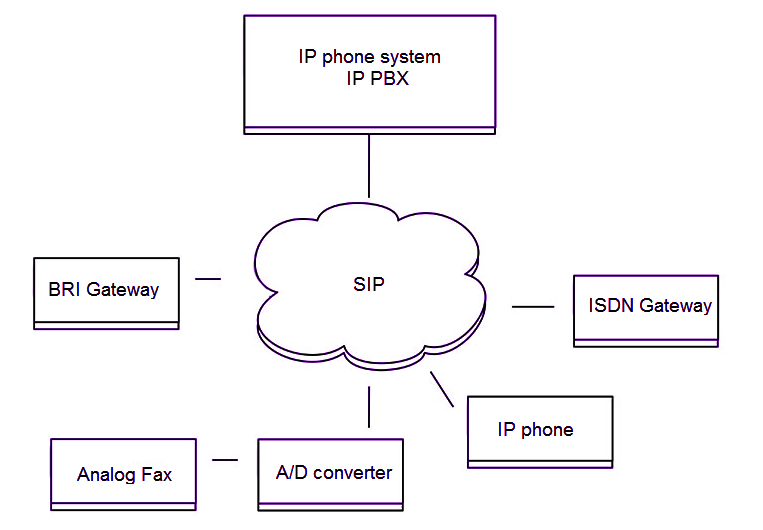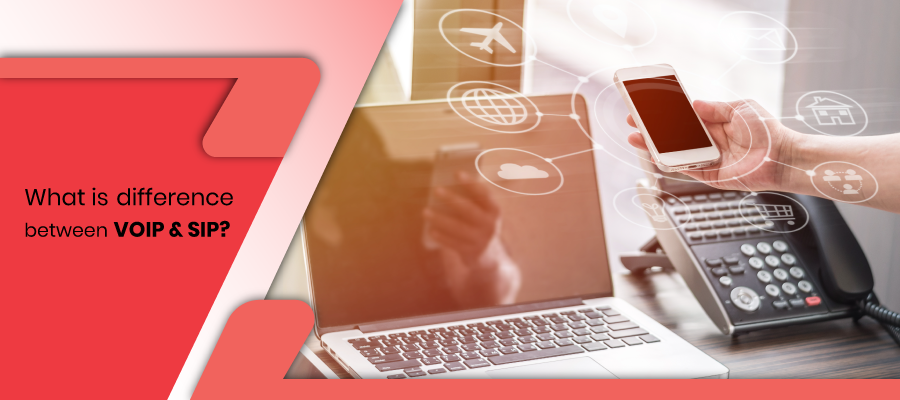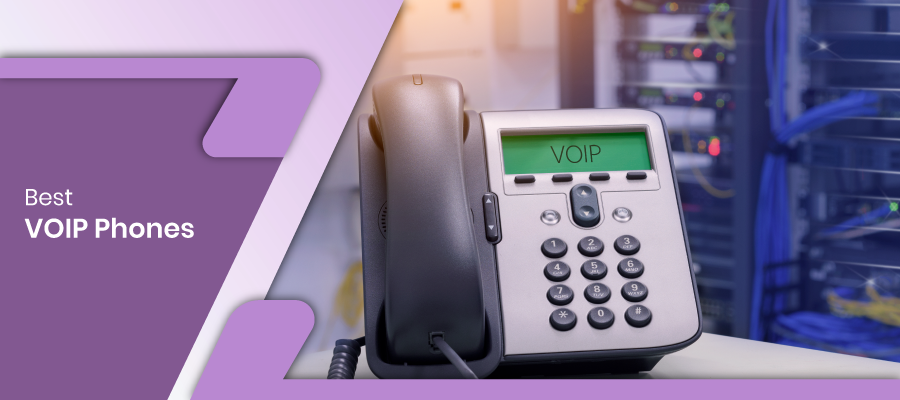
Both SIP and VoIP gives us the foundation to run IP technology. They offer several benefits for users to help them save money and increase productivity in terms of communication. Both of them have similarities and differences, which makes it essential for us to understand how they work. They are often used together, but how? Find out all you need to know about SIP and VoIP as you keep reading.
SIP device for VoIP?

SIP or Session Initiation Protocol is an efficient way to communicate through multimedia messages. You can send them to multiple numbers at once. It helps you connect with people all around the world due to the internet, and reach out directly to their mobiles or computers.
SIP is similar to PBX trunks in VoIP, but SIP trunks facilitate you with every form of media like video, voice, and data. This is why more people prefer to use SIP service when they have to send a message to numerous people. This sort of service works best for people who have remote workers or several company branches.
SIP is usually more difficult to set up and manage compared to VoIP systems. If your company has a strong IT support, this can work best for you.
VoIP is a much larger service compared to SIP and integrates what SIP offers. VoIP is primarily a Voice Over protocol that needs internet to function, but different VoIP providers help you send multimedia messages like SIP depending on their credibility and plan.
While all SIP services can support and scale VoIP, every VoIP service cannot offer SIP technology. SIP is one protocol that is used to scale communication beyond the voice-only calling system. It offers instant messaging and multimedia communication.
According to your business requirement, you need to either choose SIP or VoIP or find the best service provider that can give you the best of both. Find out the ideal phone systems in 2019 to choose what can work best for your company.








Leave a comment